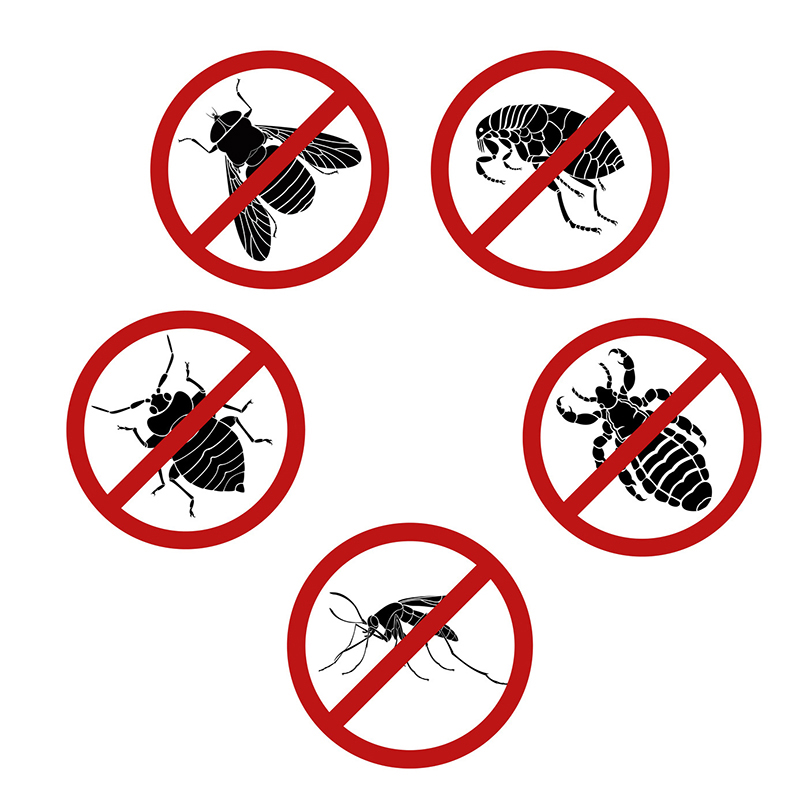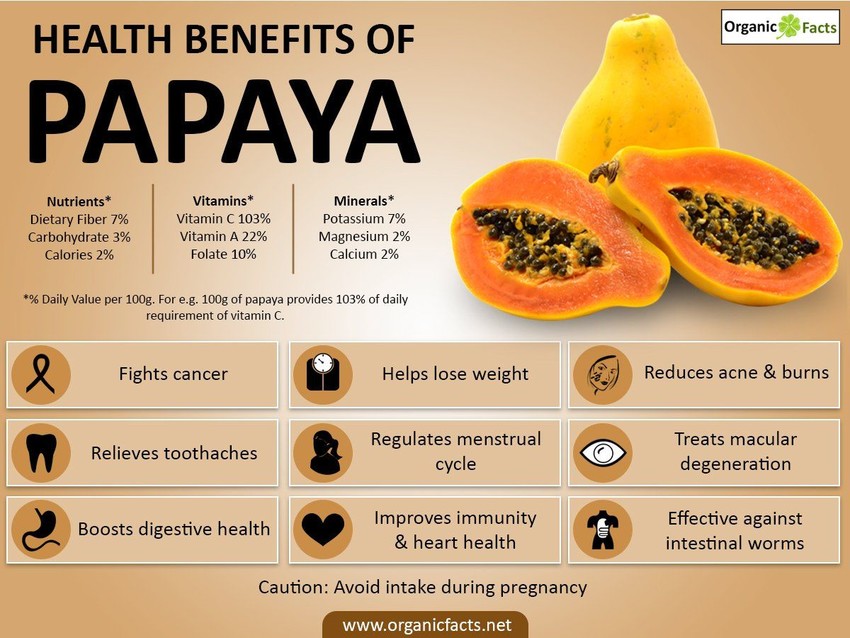Container Grown Pawpaw Trees – Tips For Growing Pawpaw Tree In A Pot
-----------------------------------------------------------------------------------
 Pawpaws are like a gift from the gods! Easily grown in home gardens, their delicious, sweet flesh can be enjoyed at the breakfast table for most of the year. Native to southern Mexico and central America, pawpaw flourishes in the tropics and subtropics where individual trees can be productive for up to 6 years. During the covid-19 pandemic paw paw can offer you and your family exceptional and necessary health benefits, so planting a tree or two is a must have in your covid-19 survival garden.
Pawpaws are like a gift from the gods! Easily grown in home gardens, their delicious, sweet flesh can be enjoyed at the breakfast table for most of the year. Native to southern Mexico and central America, pawpaw flourishes in the tropics and subtropics where individual trees can be productive for up to 6 years. During the covid-19 pandemic paw paw can offer you and your family exceptional and necessary health benefits, so planting a tree or two is a must have in your covid-19 survival garden.
Companion Plants
Pawpaws love to grow with beans, banana, sweet potato, peppers, climbers, flowers, Eggplants, Ochro and other nitrogen-fixing plants. These companion plants protect pawpaw tree from harmful pests and diseases. But also promotes plant growth resulting in fast and tasty fruits with high yield.
Nutrition Information
100 grams of pawpaw contains 43 calories, 11 grams of carbohydrates and 8 grams of sugars. It is cholesterol free and low in proteins. Pawpaw is a good source of vitamin A, vitamin C, calcium, magnesium, iron, vitamin D, vitamin B6 and vitamin B12. So again, Paw Paw is a must have fruit during the pandemic.
How to Grow Pawpaw Tree from Seeds in a Pot?100 grams of pawpaw contains 43 calories, 11 grams of carbohydrates and 8 grams of sugars. It is cholesterol free and low in proteins. Pawpaw is a good source of vitamin A, vitamin C, calcium, magnesium, iron, vitamin D, vitamin B6 and vitamin B12. So again, Paw Paw is a must have fruit during the pandemic.
Growing pawpaw is usually done by collecting the seeds from the ripe fruit. Here is the step by step procedure to grow pawpaw tree from seeds …..
 Pawpaw trees require better fertilizers to ensure fast growth and development of the fruit. Apply fertilizers such as N-P-K (Nitrogen-Phosphorus-Potassium) on plants in the ratio of 10-10-10 or 14-14-14 for root establishment. You can also add organic compost, manure or mulch to the soil.
Pawpaw trees require better fertilizers to ensure fast growth and development of the fruit. Apply fertilizers such as N-P-K (Nitrogen-Phosphorus-Potassium) on plants in the ratio of 10-10-10 or 14-14-14 for root establishment. You can also add organic compost, manure or mulch to the soil.

- Select a seed variety to grow them in pots.
- Prepare a potting mix rich soil.
- Provide sufficient water and sunlight to the plants.
- Pawpaw requires good N-P-K fertilizers to thrive faster.
- Use organic fertilizers to deter pest and disease problem.
- Harvest pawpaws when fruit turns yellow in the hot-temperate zone.
Choose desired seeds & pots
You can select the seeds from pawpaw fruit to grow it in pots or purchase hybrid seeds from nursery or garden center. Aranguez Nurseries has these. Pawpaw seed varieties are based on size, taste, growing regions and fruiting time. Choose a big pot or container about 15-20 inches to grow dwarf variety pawpaws.
Prepare Soil
For tropical plants such as pawpaw choose a nutrient-rich potting mix soil. You can prepare the soil by adding garden soil to the compost in the ratio of 1:2. Pawpaw grows well in loamy, sandy or rocky soils with a pH of 4.5 – 8.0.
Water & Sunlight
Water thoroughly and monitor the moisture levels by keeping the soil damp but not soggy. As it grows to increase the amount of water supply to the plants. Prefer full sun for better growth. If you start growing pawpaw indoors make sure the plant receives sunlight minimum of 6-8 hours a day.
Pawpaw fruits thrive faster in warm climatic conditions. To maintain the best temperature to produce tasty fruits is 70 – 90 F. It can also damage plant growth if the temperature is below 31 F.
Planting
Now sow the seeds in large containers. Spacing should be 2 inches apart from each other. To germinate the seeds quickly, use sterile potting mix soil such as vermiculite. Seedlings may appear after 2 weeks. Dwarf varieties grow to a height of 6 feet.
Pollination
To develop pawpaw fruit pollination is a must. Pollens must be transferred from male gametes to the female gametes in plants. Flowers cannot transfer pollens by their own, so they attract insects such as honeybees, butterflies, and birds to transfer pollen grains for the fruiting purpose.

To deter pests and diseases, spray ammonium sulfate solution on pawpaw plants. Pests or insects don’t like this solution and hence be away from plants. You can prefer other organic methods to overcome this problem.
Fertilizers
 Pawpaw trees require better fertilizers to ensure fast growth and development of the fruit. Apply fertilizers such as N-P-K (Nitrogen-Phosphorus-Potassium) on plants in the ratio of 10-10-10 or 14-14-14 for root establishment. You can also add organic compost, manure or mulch to the soil.
Pawpaw trees require better fertilizers to ensure fast growth and development of the fruit. Apply fertilizers such as N-P-K (Nitrogen-Phosphorus-Potassium) on plants in the ratio of 10-10-10 or 14-14-14 for root establishment. You can also add organic compost, manure or mulch to the soil.Harvesting
Harvest pawpaws only when fruit turns yellow. Pawpaws are ready to harvest after 6-9 months from seeds in the hot-temperate zone. It takes 9-11 months time to harvest in moderate temperate zones. Cut pawpaws using gardening tools (sharp knife or scissors). If you left it to ripe then mosquitoes and birds damage the fruit. Before eating store them in a refrigerator for 2-3 days and consume the fruit when it is half yellow.
Pawpaw Health Benefits
Pawpaw is a natural remedy for treating many diseases like heart problems, cancer, atherosclerosis and digestive health.
- Boost Immunity: Immune system protects you against various infections that make you really sick. Vitamin C in pawpaw makes you build strong immune system.
- Arthritis: Arthritis is a deadly disease and may reduce lifespan significantly for those who suffer from it. Eating pawpaw is good for your bones and has inflammatory properties that can control arthritis problem.
- Easy Digestion: Pawpaw contains an enzyme called papain to treat digestion problems. It is also high in fiber and water content to prevent constipation, promotes regularity and healthy digestive tract.
- Improves Heart Health: Potassium and vitamins in pawpaw help to deal with heart disease. An increase in potassium intake in your diet reduces the risk of cardiovascular disease and other heart problems.
- Weight Loss: Pawpaw is also good for the people who are trying to lose weight naturally. Eating pawpaw in the morning or evening snack times is good for your health as it promotes the feeling of fullness and controls cravings. It is also beneficial for promoting wound healing and prevents infections in burned areas.
- Cancer: Consumingbeta-carotene found in pawpaws may reduce the risk of cancer. It also plays a vital role in curing prostate and breast cancer for women.
How do you pick a ripe pawpaw?
Look for yellow pawpaws or little green color. Fruit turns bright yellow when it is fully ripe. Also, prefer a firm pawpaw with smooth skin and big size. Avoid damage, cut or the soft fruit.









![How to Grow Papaya in a Pot? [Step by Step Process]](https://homegardeners.in/wp-content/uploads/2017/08/How-to-Grow-Papaya-Tree-in-a-Pot.jpg)







This article is absolute rubbish. It doesn't know the difference between a Pawpaw and a Papaya. SMH
ReplyDelete